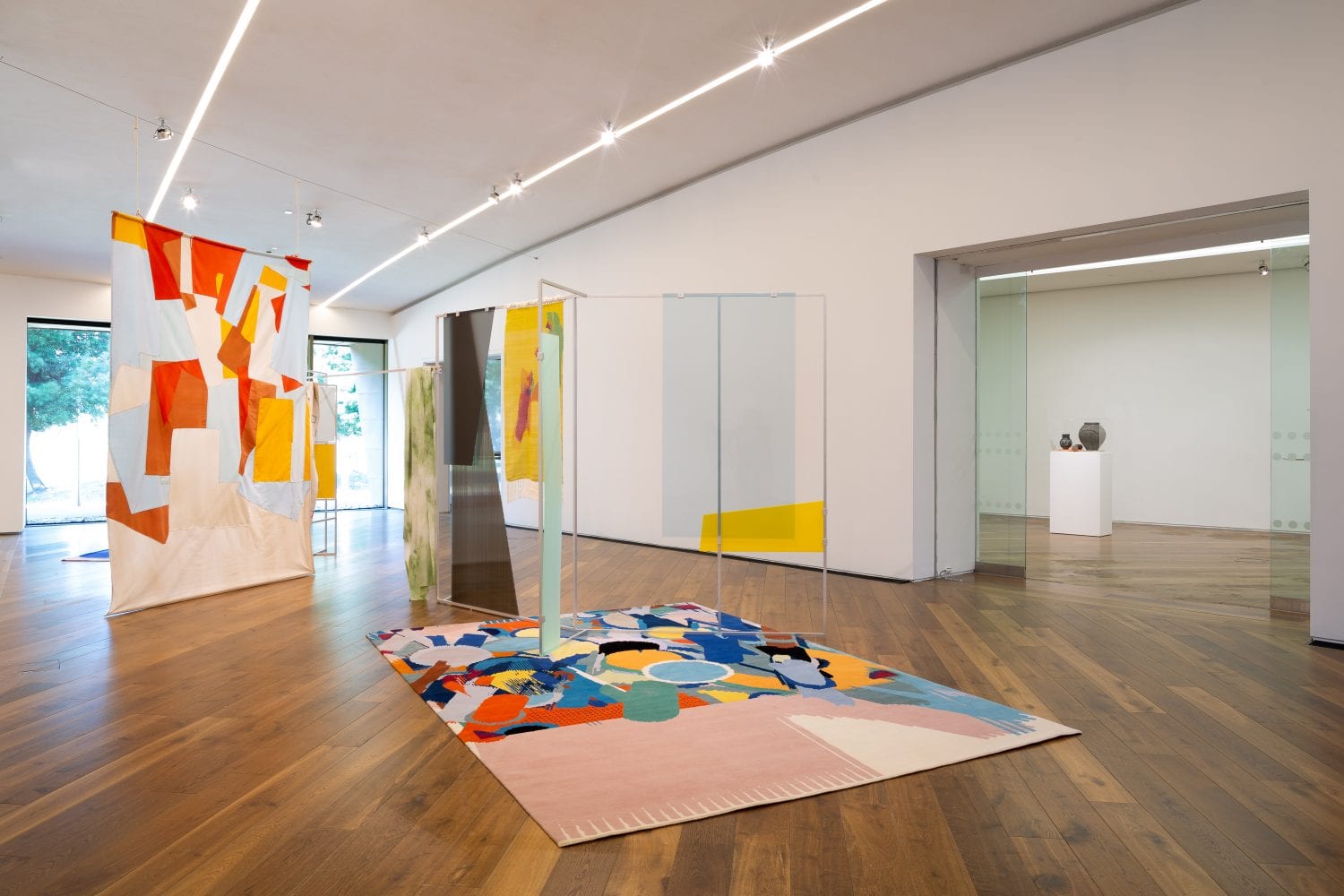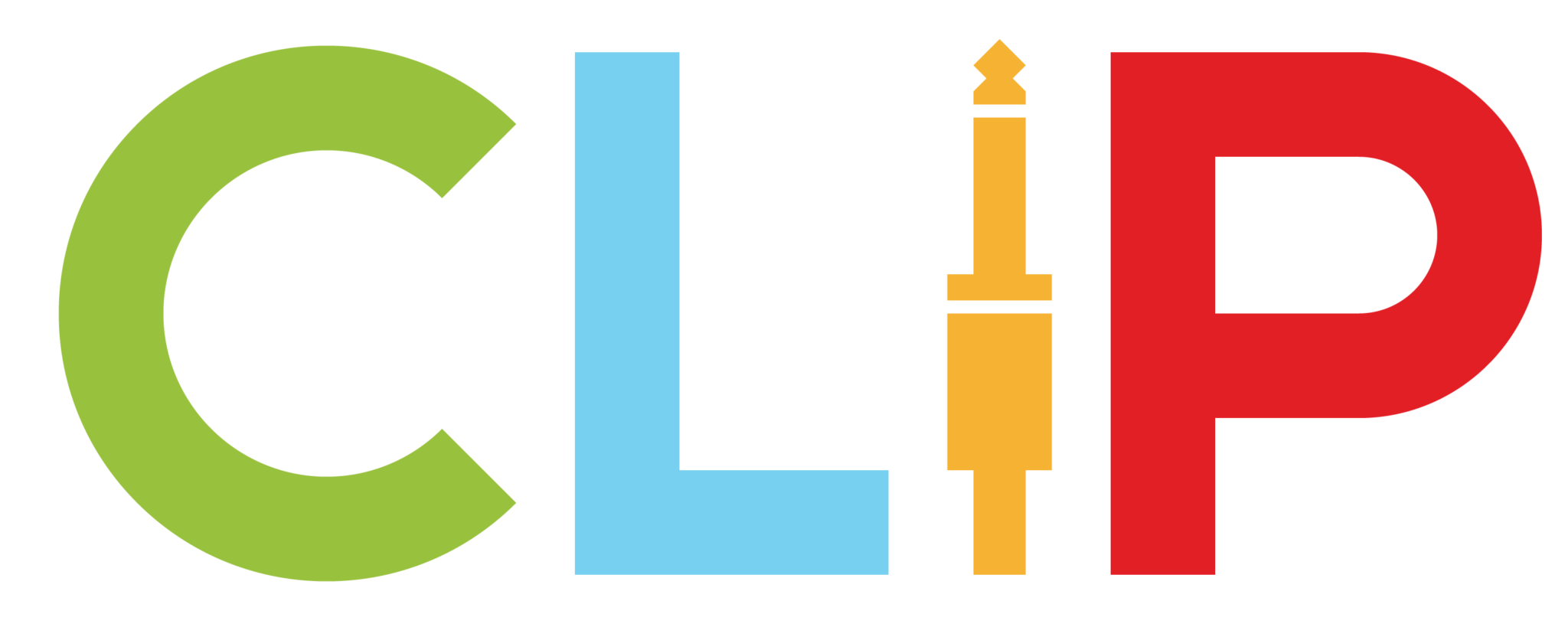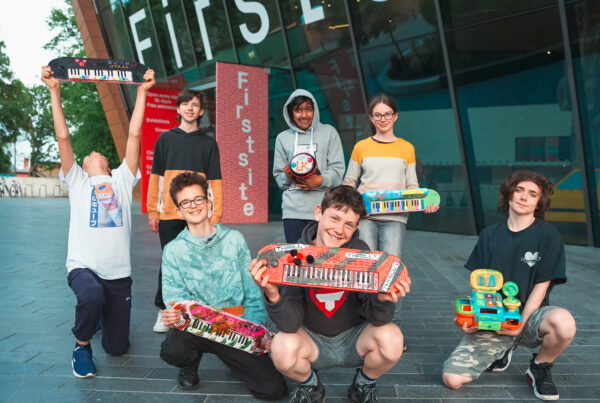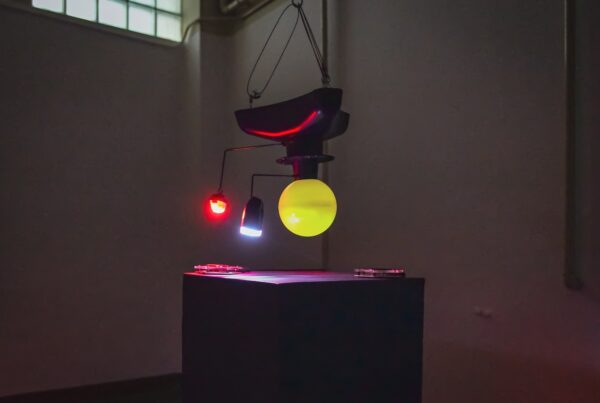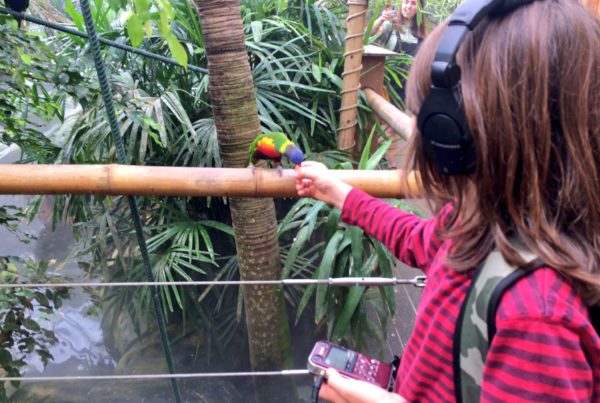CLIP were approached by artist Lilah Fowler to collaborate on a film within her recent exhibition at Firstsite gallery.
Lilah explores the relationship between data and our natural environment. She makes artwork that incorporates film, sound, textiles and architecture, and in the past she has used a live performance with a modular drum machine. So it made complete sense for CLIP to collaborate with a film score.
Lilah takes inspiration from architecture so we explored how to use architecture to process the sound. We came up with the idea for CLIP to explore a possible synesthesia between colour, sound and architecture. Starting with one of Lilah’s digital images, we looked at the bands of colour and how they reminded us of musical chords and harmony. What if the relationship and patterns of these bands of colour could be translated into notes on a piano.
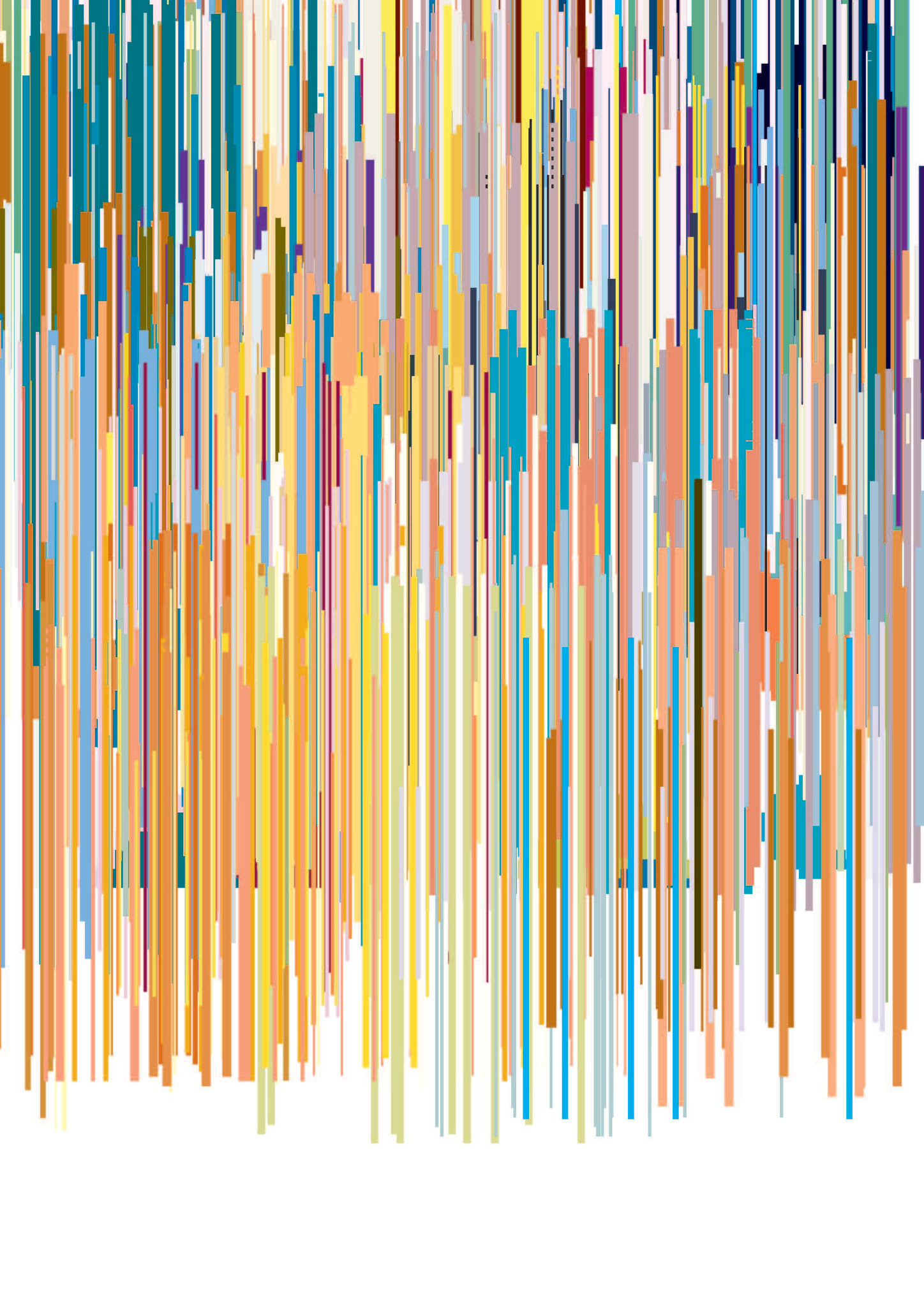
Hearing colour
Light and sound exist in the same electromagnetic spectrum, sound is just a much lower frequency. We sampled five colours from Lilahs artwork and ‘slowed’ them down to the following wavelengths:
- Orange 495.09 THz = A4 +40 cents = 450.28 Hz
- Yellow 500.85 THz = A#4 -49 cents = 455.52 Hz
- Cyan 613.06 THz = C#4 +10 cents = 278.79 Hz
- Blue 631.03 THz = D4 -40 cents = 286.96 Hz
- Violet 767.96.THz = F4 = 349.23 Hz
As if the roof had been removed and a giant finger was circling the top of the building, rather like a finger on a wine glass.
These wavelengths were converted into sine waves and then played as musical chords over speakers into the Firstsite gallery, very loudly, which started to shake and resonate the physical space.
This is actually a modified technique of that invented by Alvin Lucier, devised for his piece “I Am Sitting In A Room”. Here Lucier records a paragraph of his voice about his stutter and plays the recording back into the room recording the result. This recording is the played back into the room, and recorded again creating a disintegration loop. With each subsequent recording the original sound became less audible, and you no longer hear his stutter, as its processed by the shape of the room itself.
Instead of a voice we recreated Lucier’s process by using Lilah’s colour wavelength chords. The natural resonances of the Firstsite gallery became more defined and apparent as the non-resonant sounds were filtered out. A process of abstraction whereby the inherent sound of the empty space slowly reveals itself. Resonances that exist in the room when the space is excited by an acoustic sound. To the ear these appear as modulating sine waves, like an endless whistling. As if the roof had been removed and a giant finger was circling the top of the building, rather like a finger on a wine glass.

To cross process the audio further we then burnt the final recordings to a CD and played them back through the CLIP circuit-bent CD DiscMan, creating a soundscape of digital glitches. This collection of sounds were then used to score the film that sits within Lilah’s exhibition.
Lilah Fowler: Code Clay, Data Dirt continues until Sun 13 Oct 2019 at Firstsite, Colchester. Find out more here.
